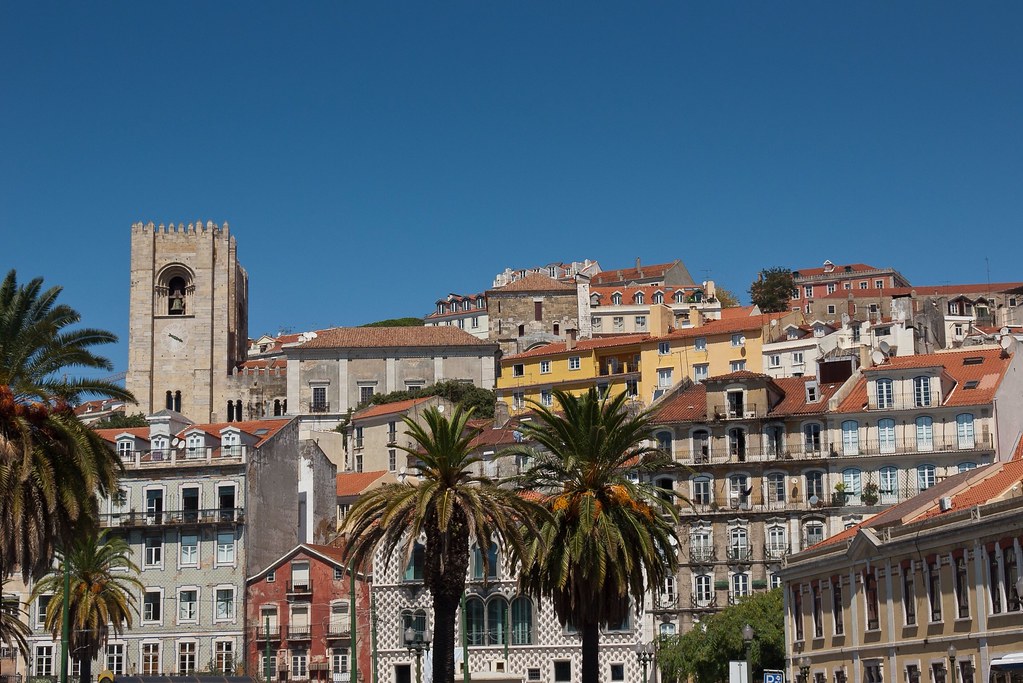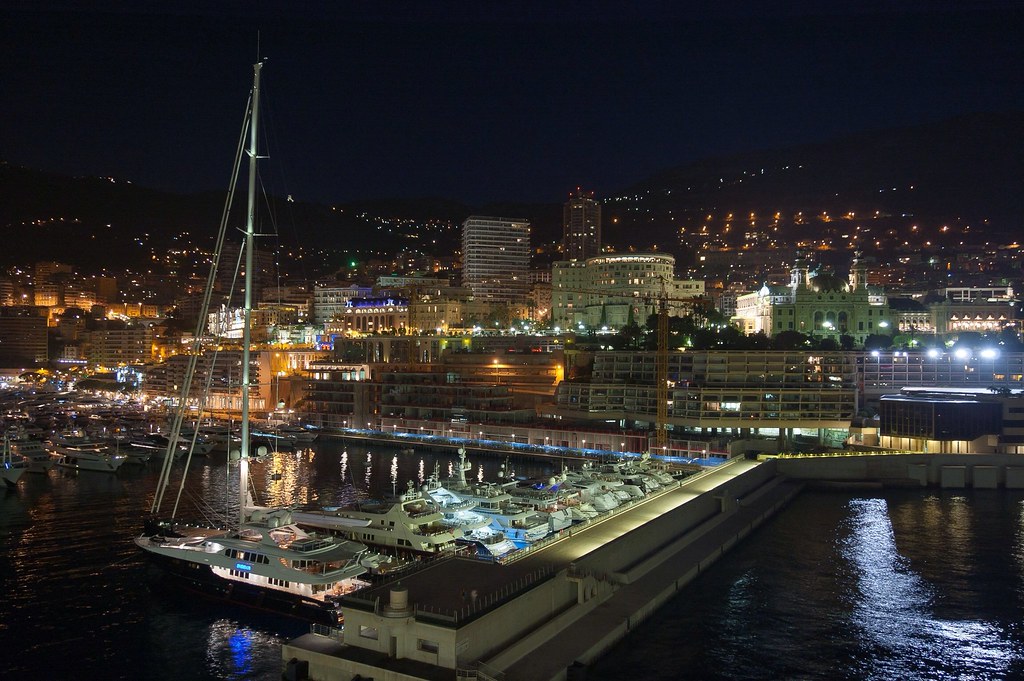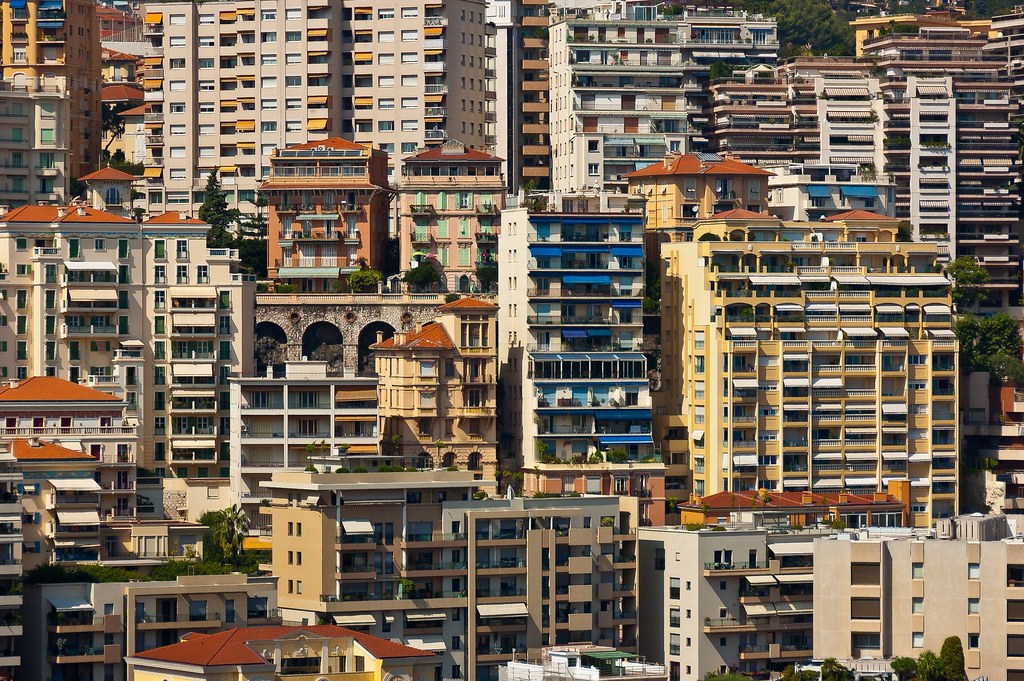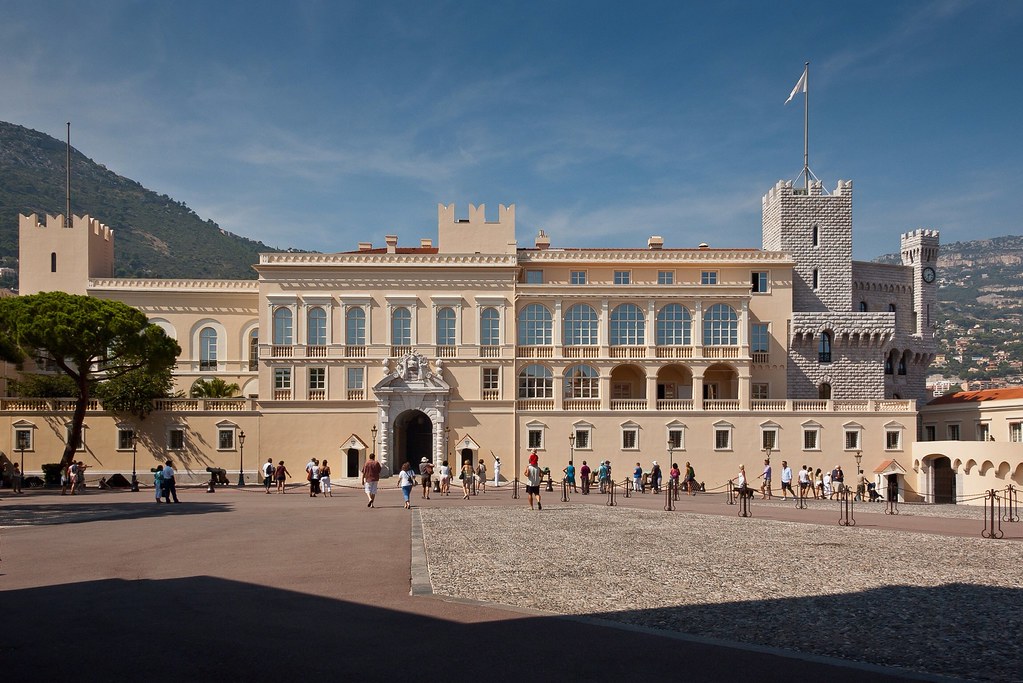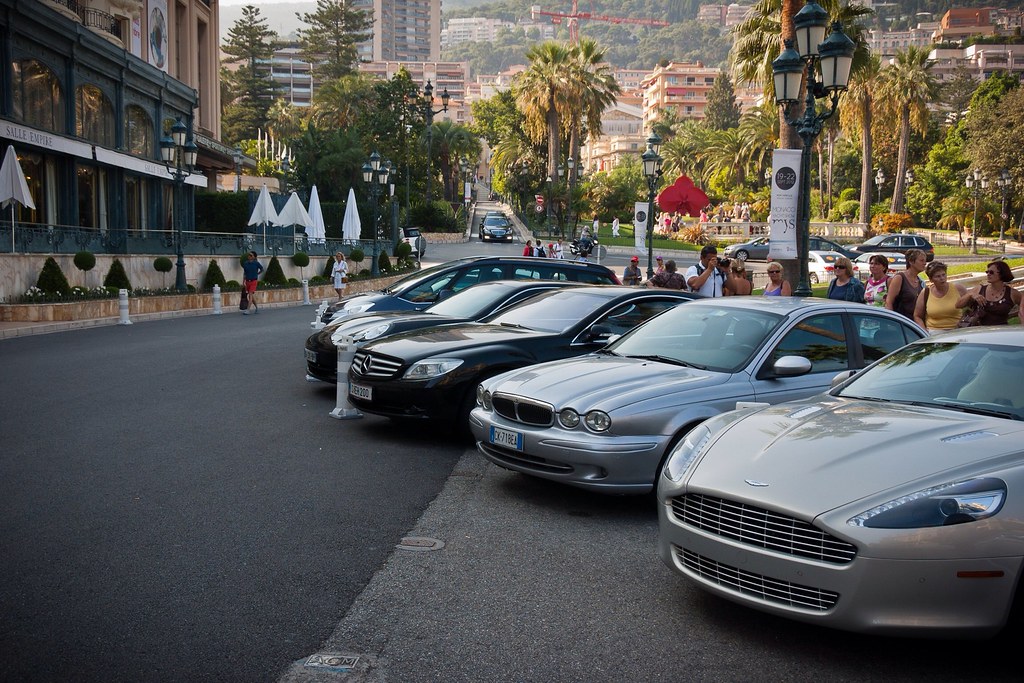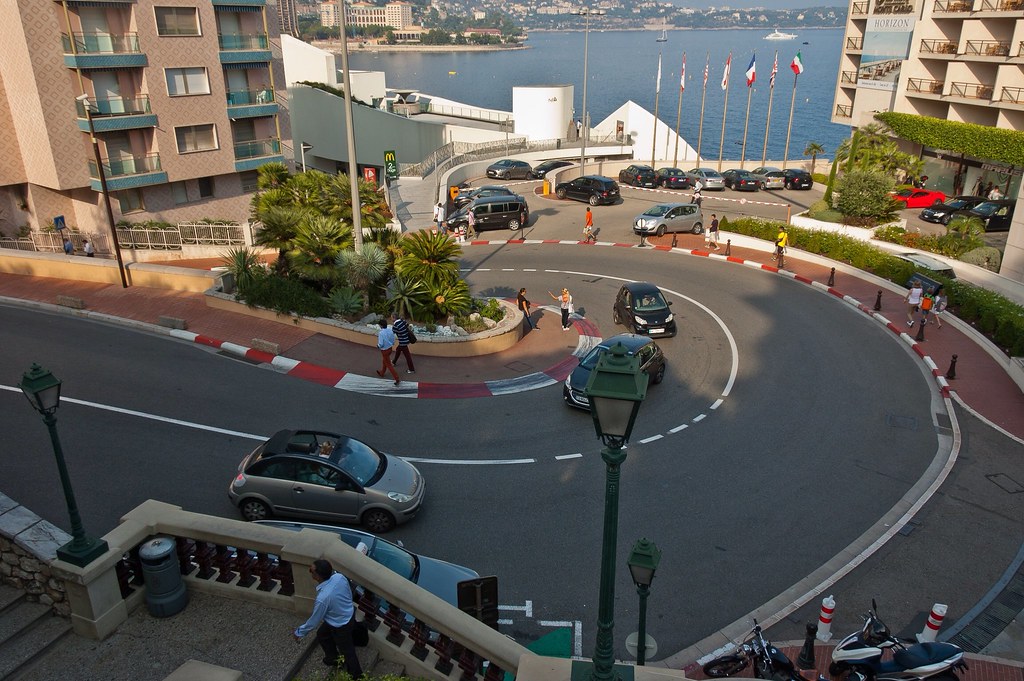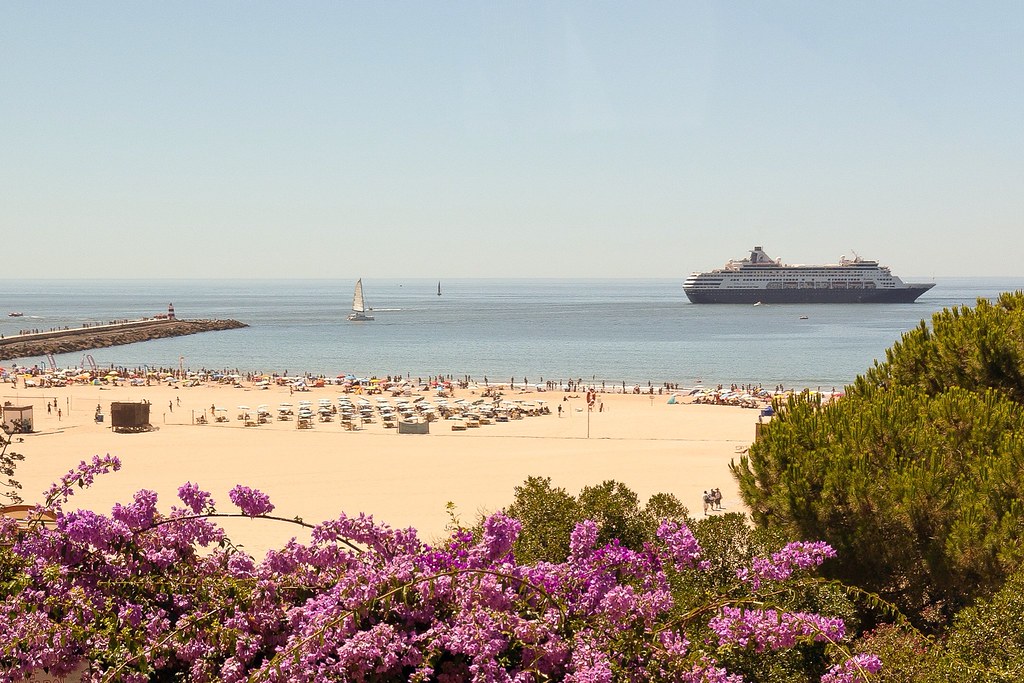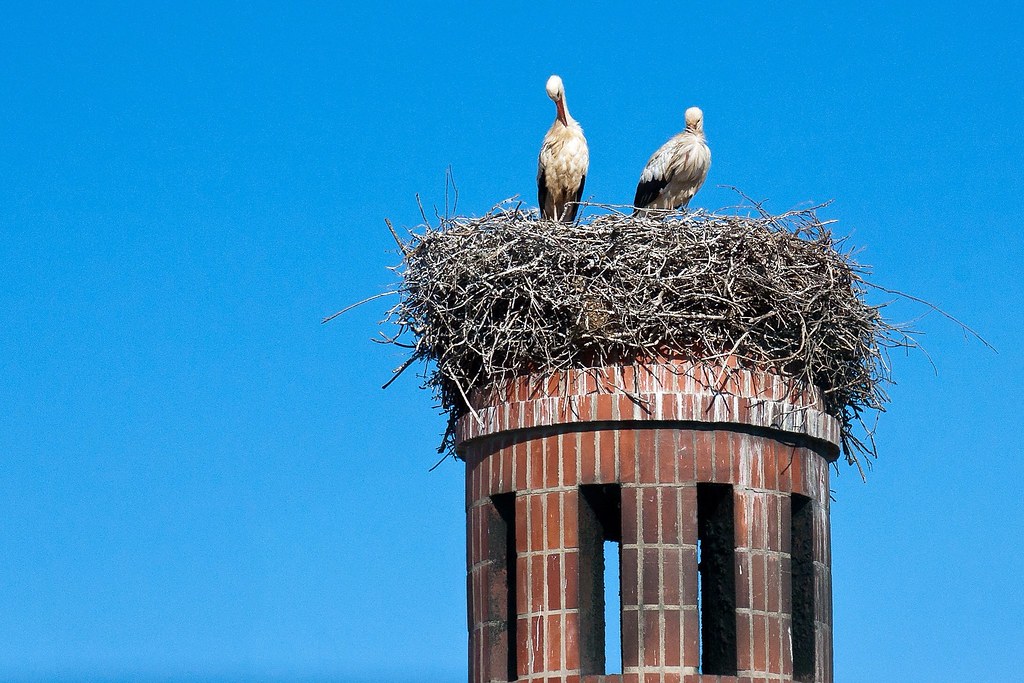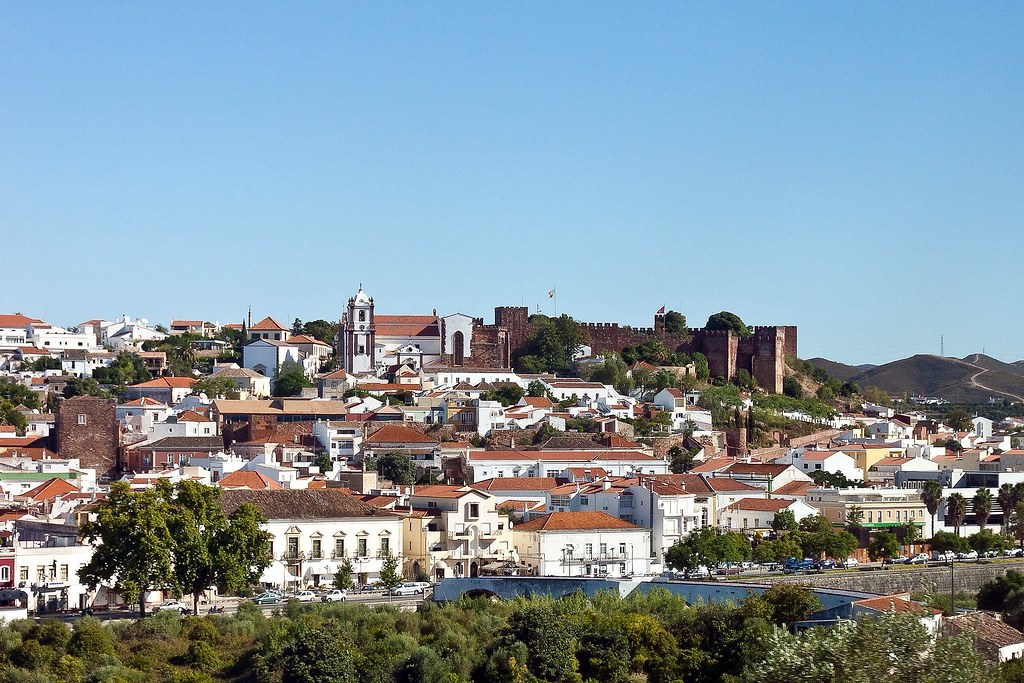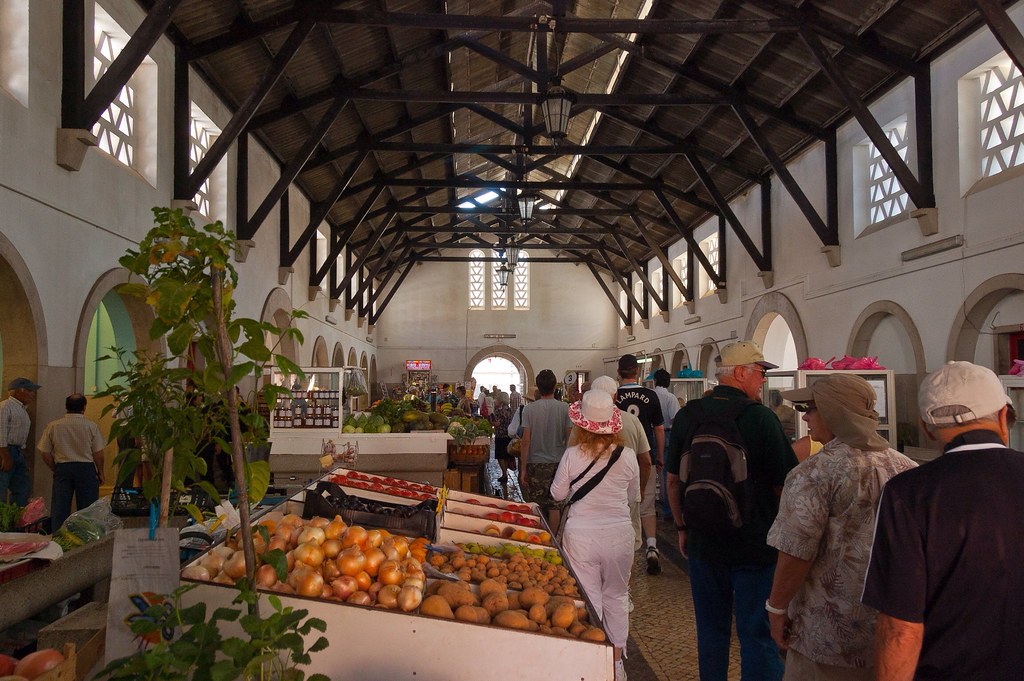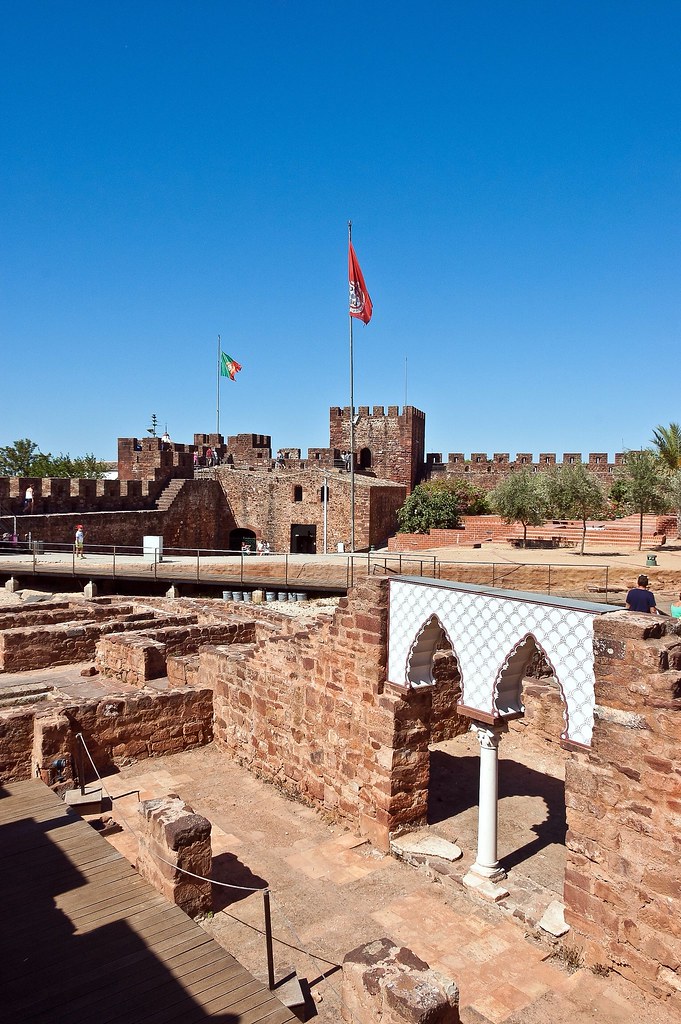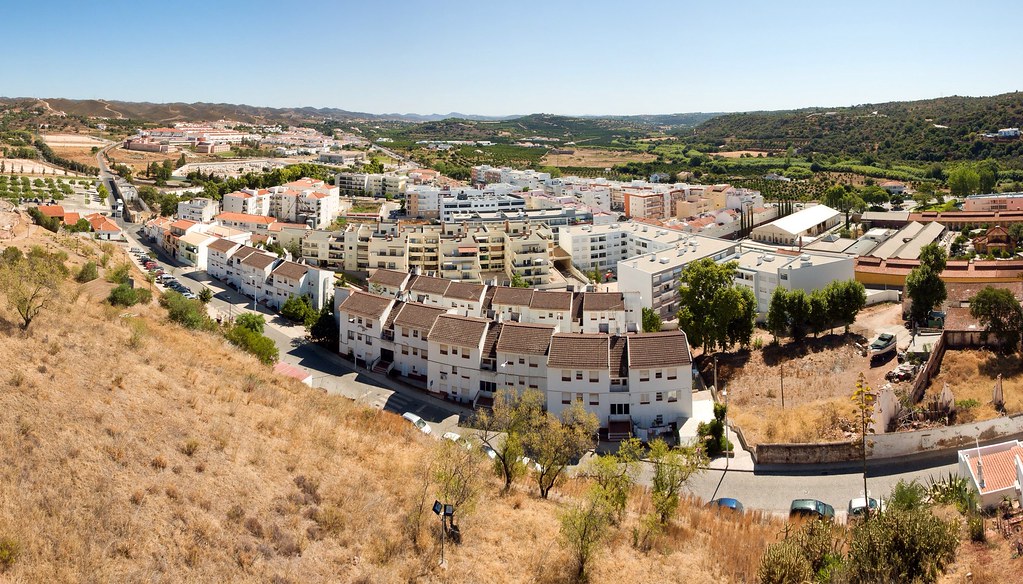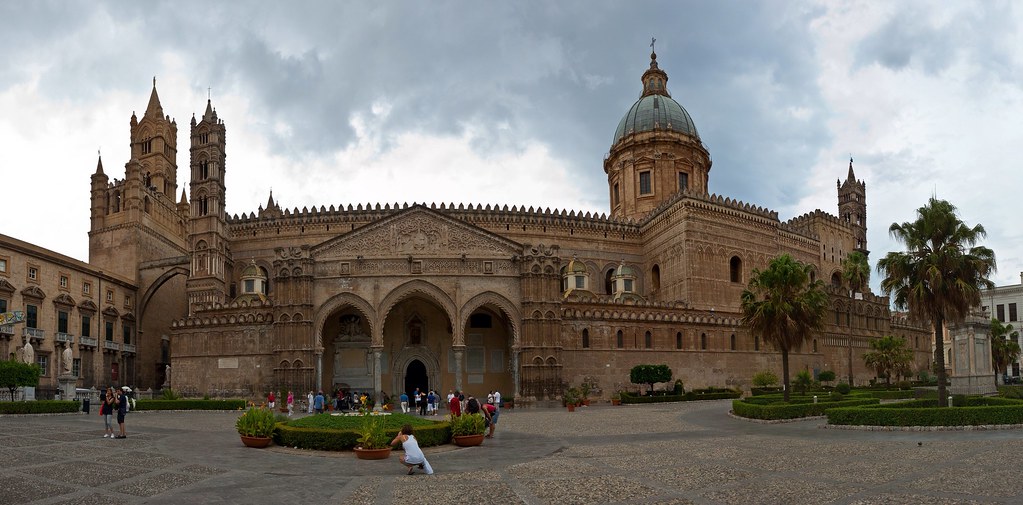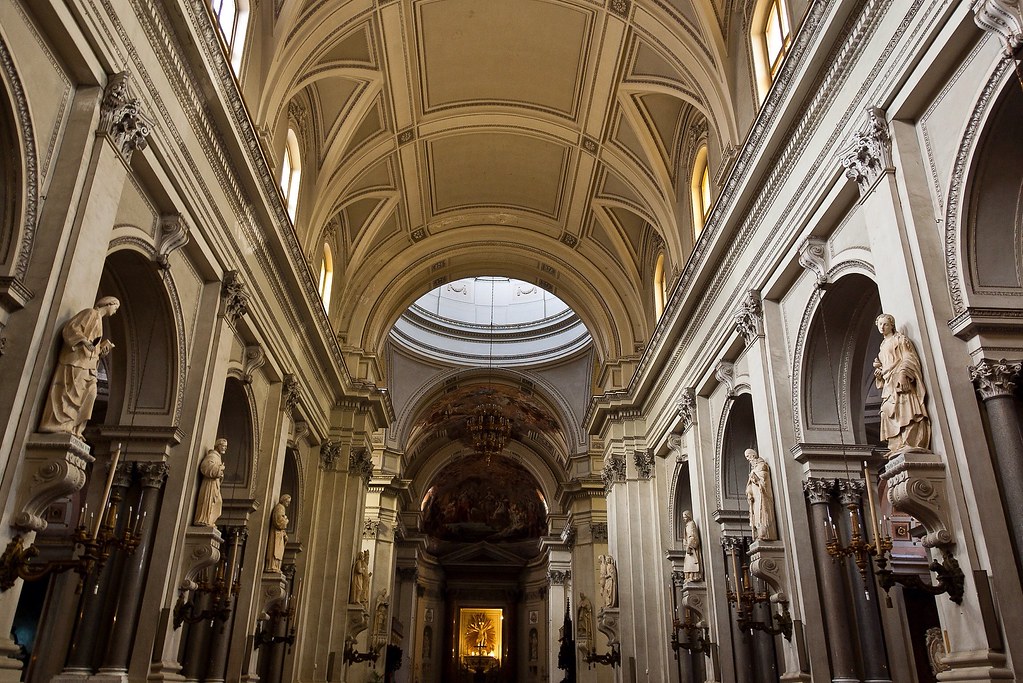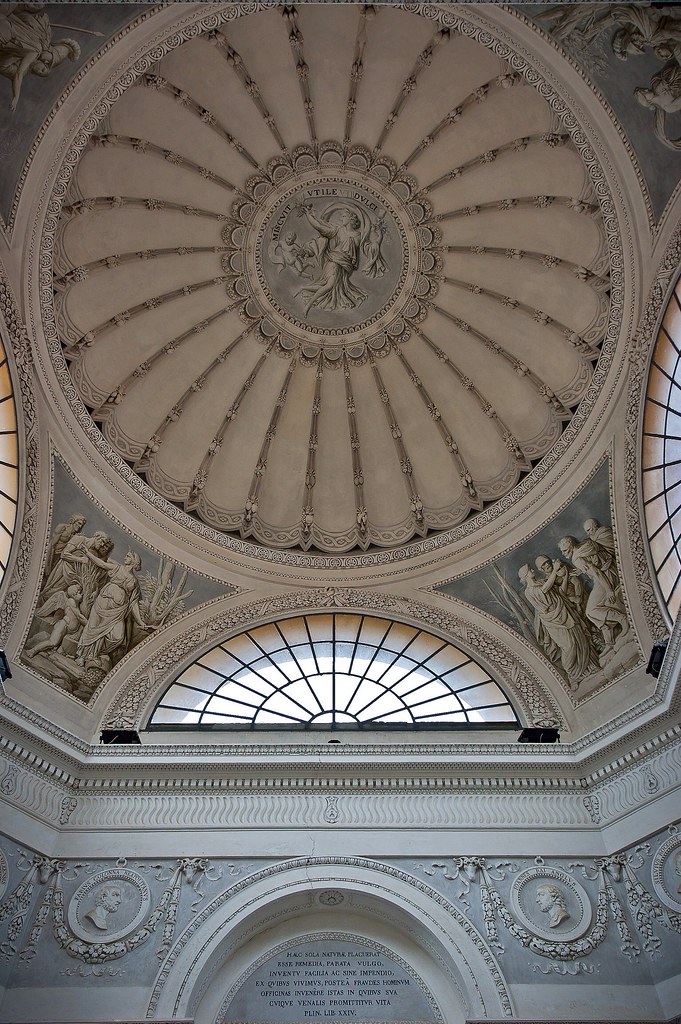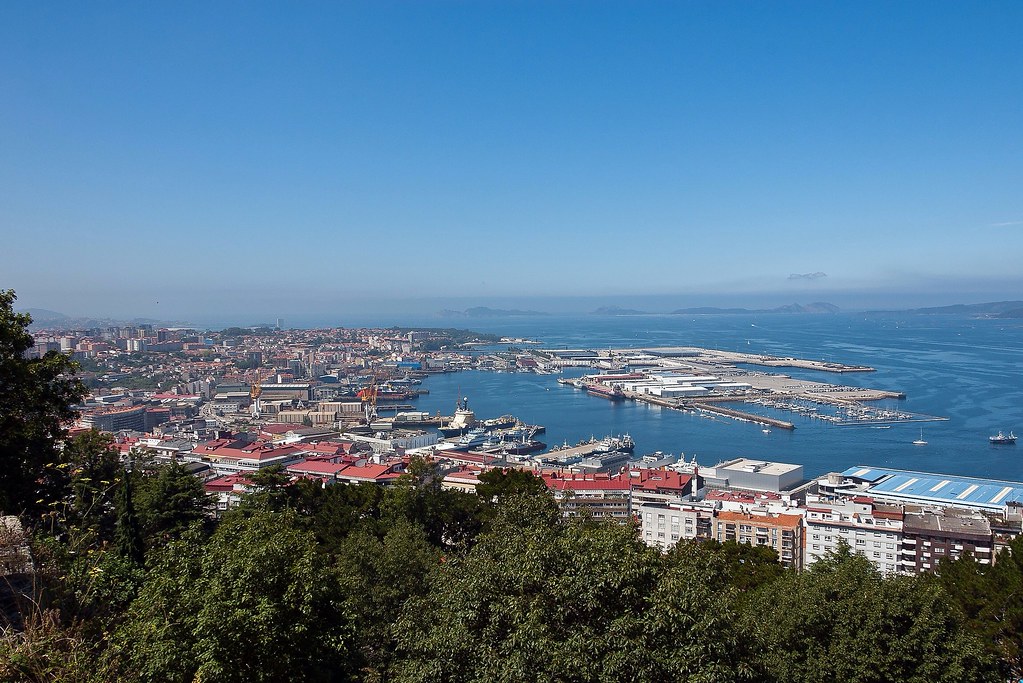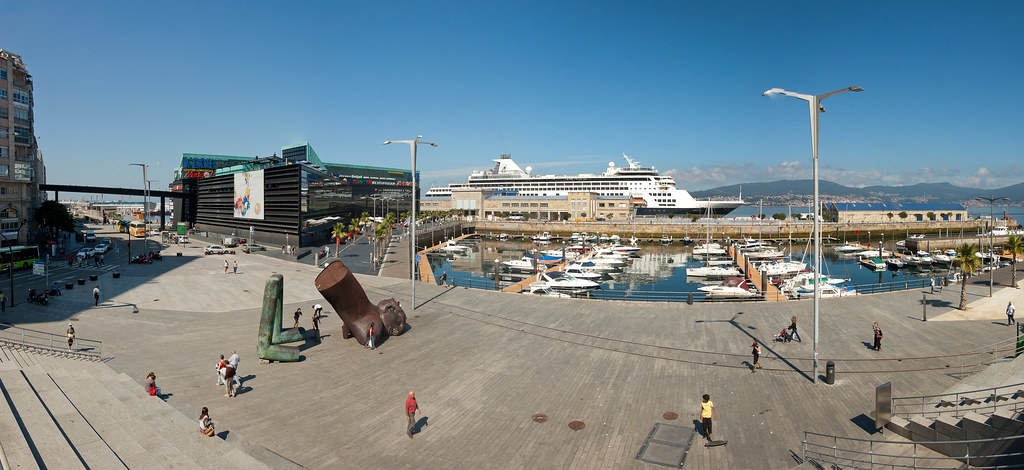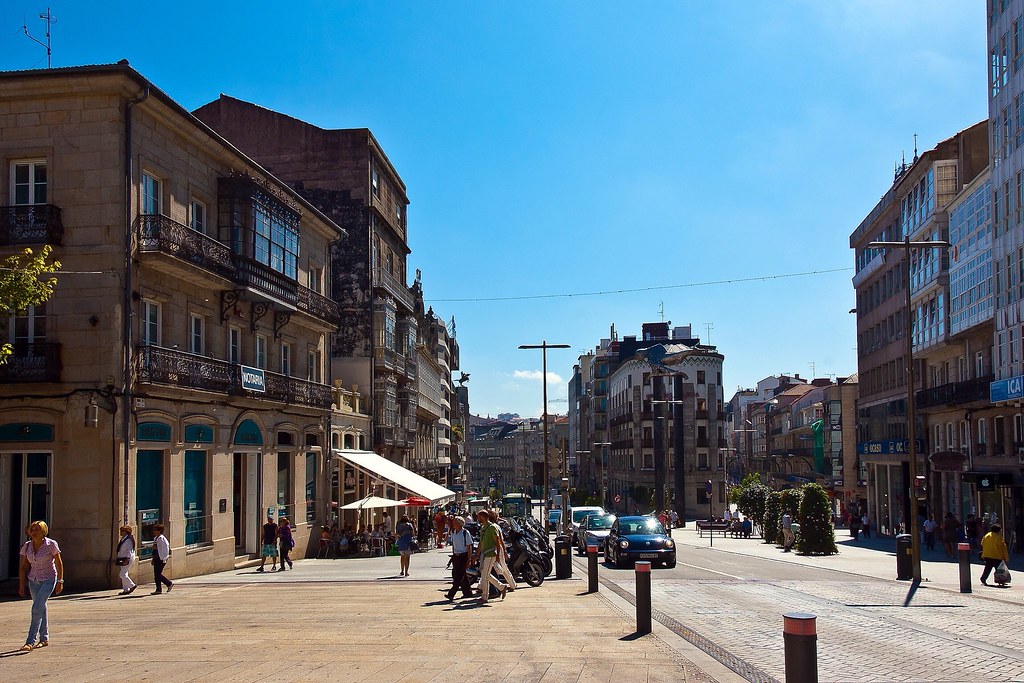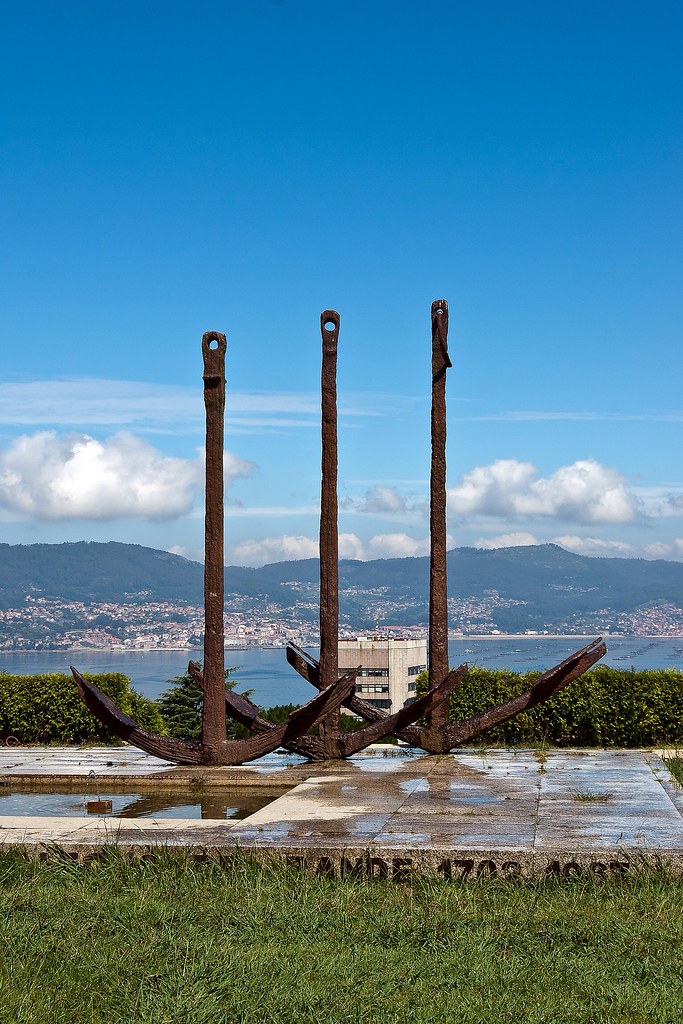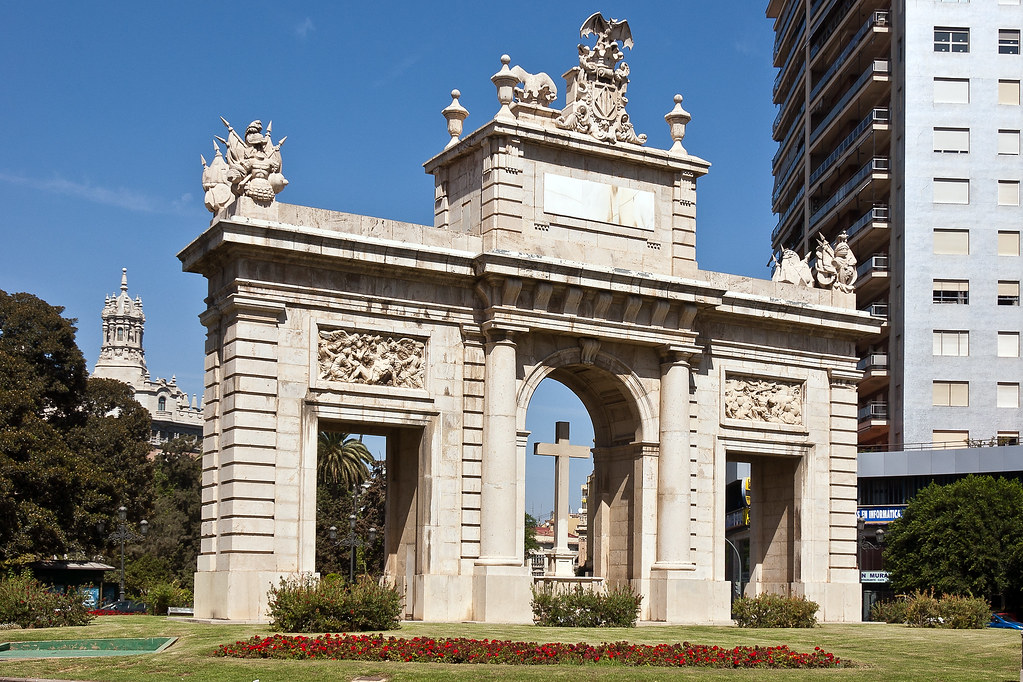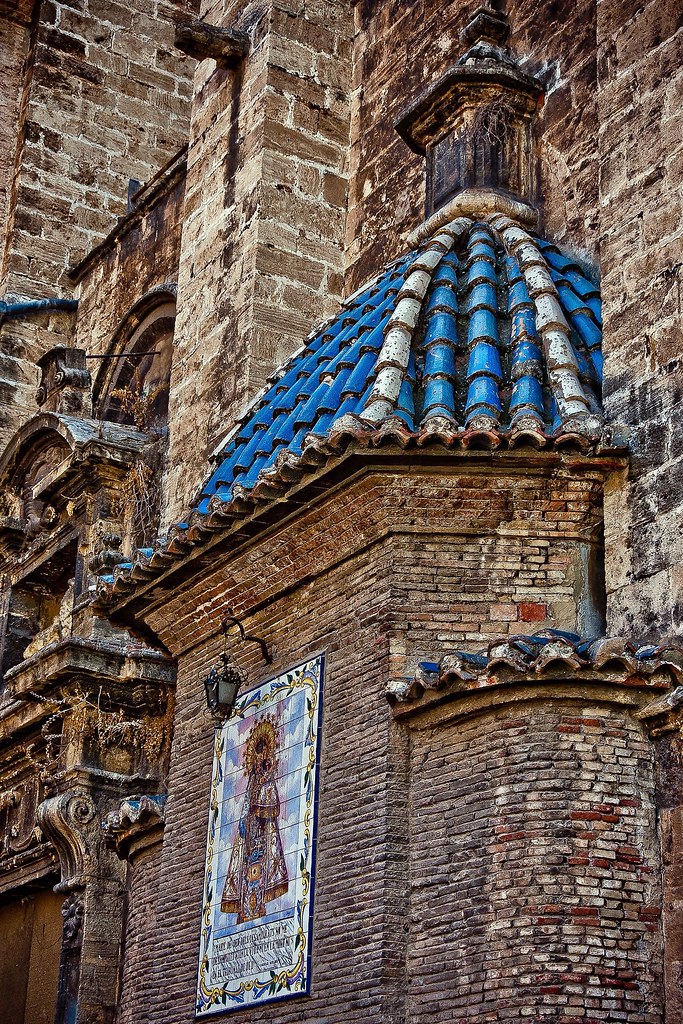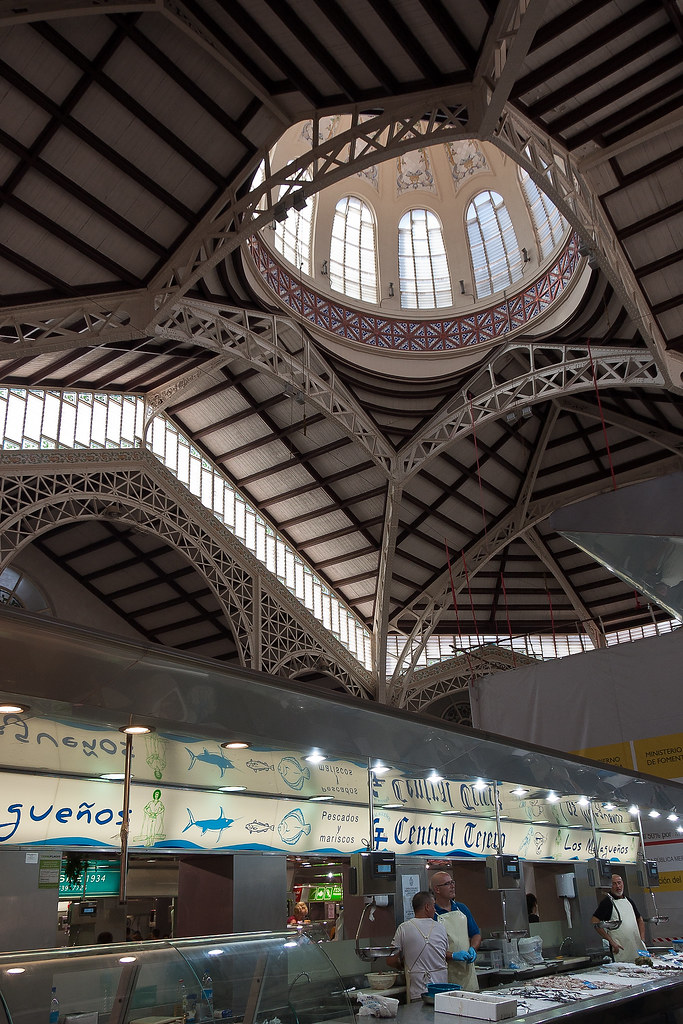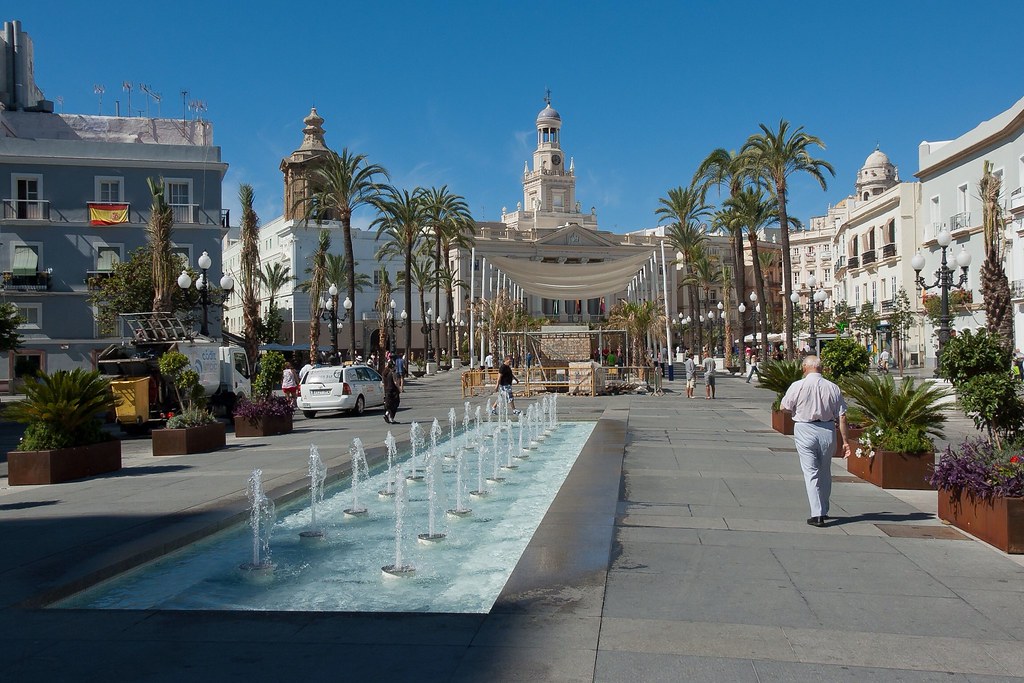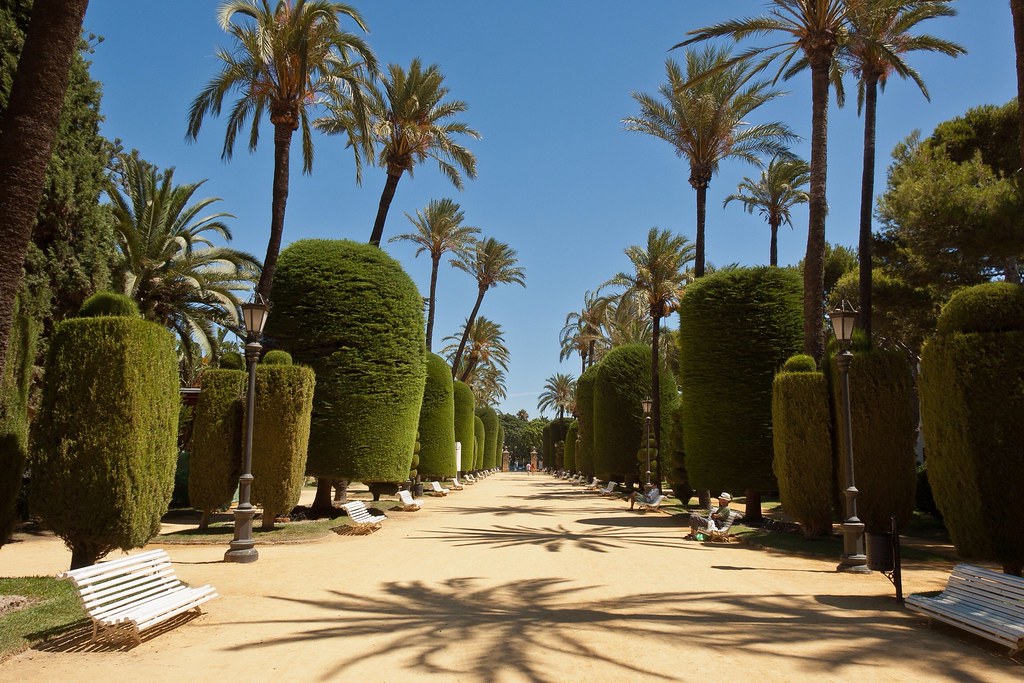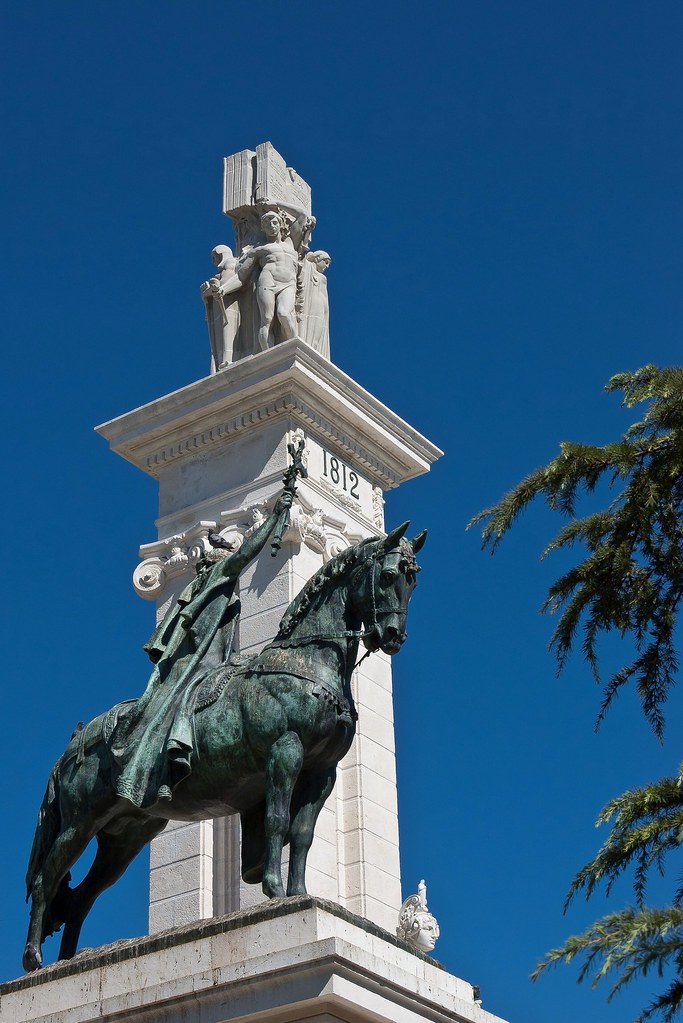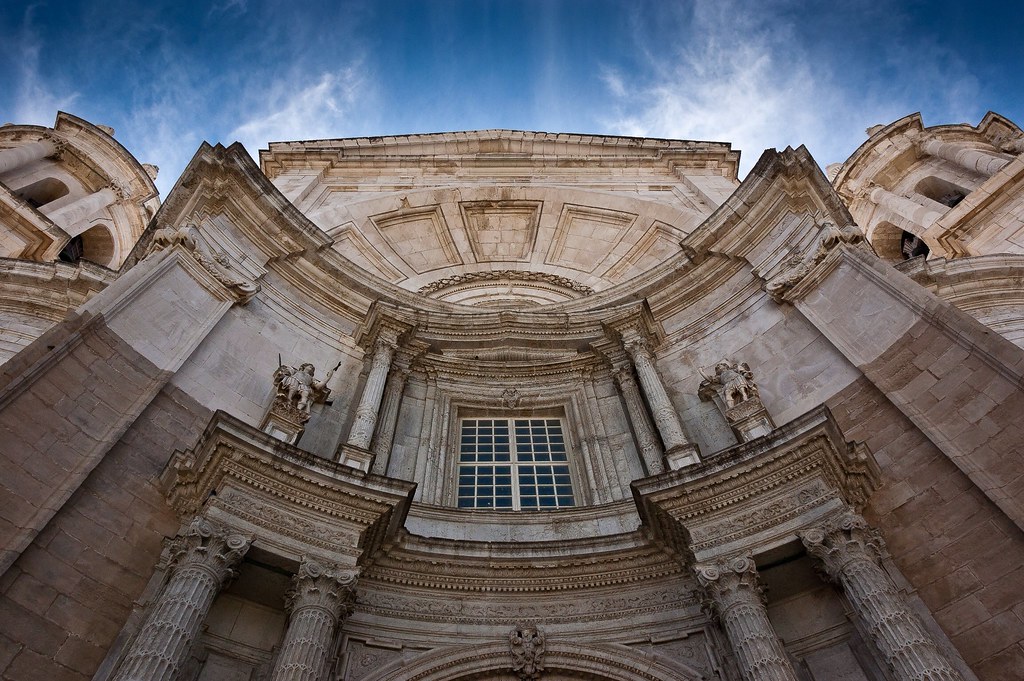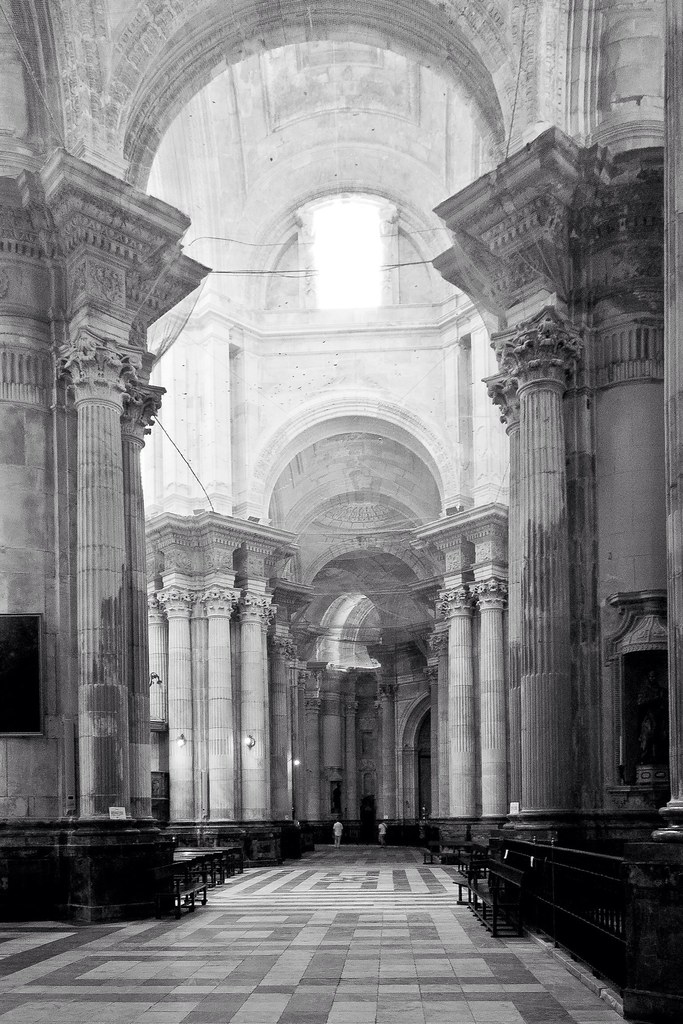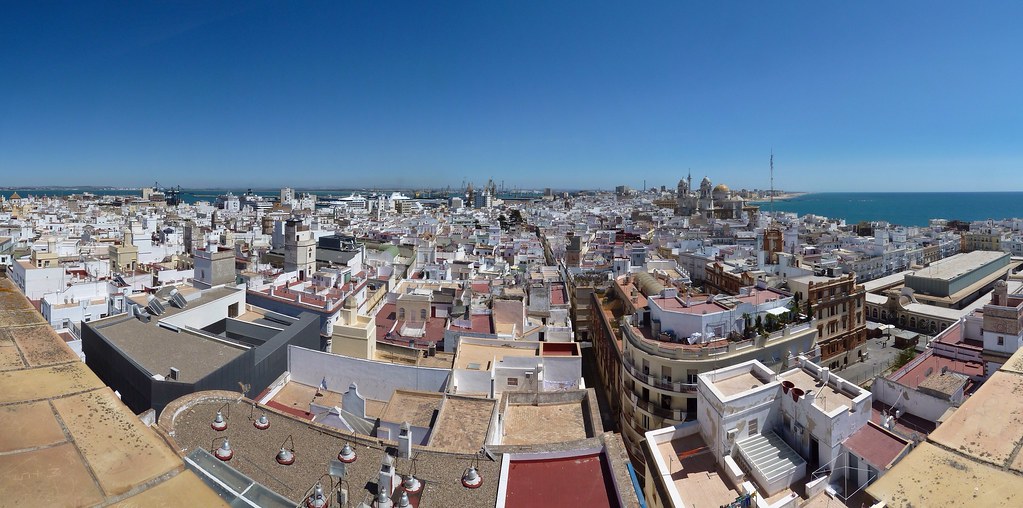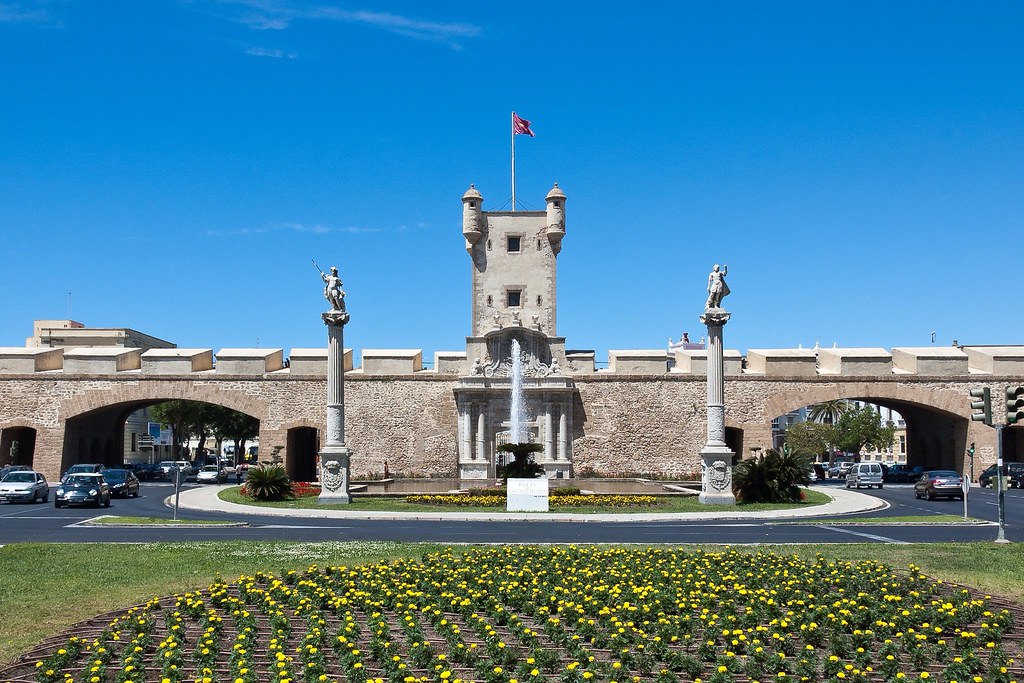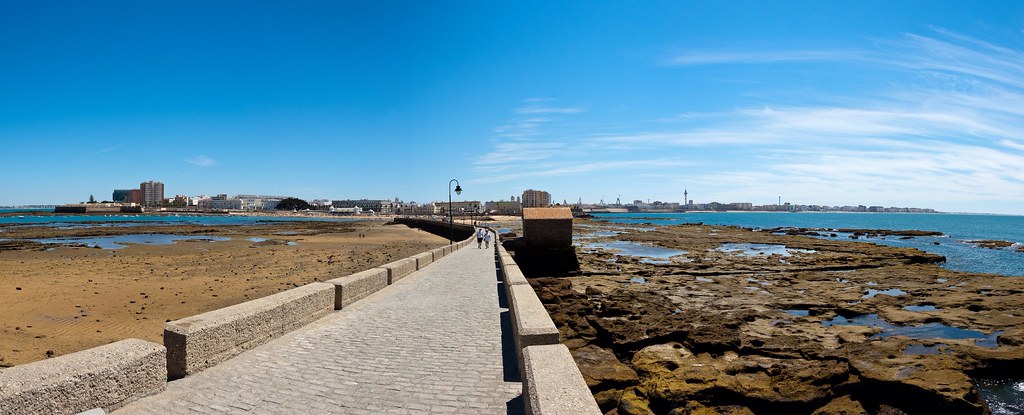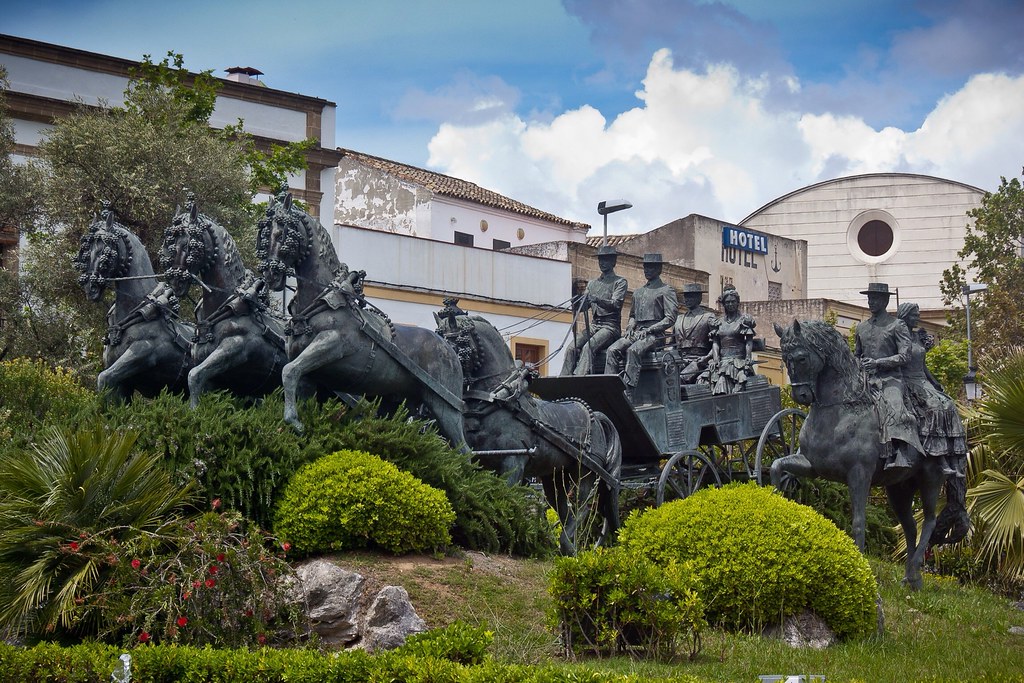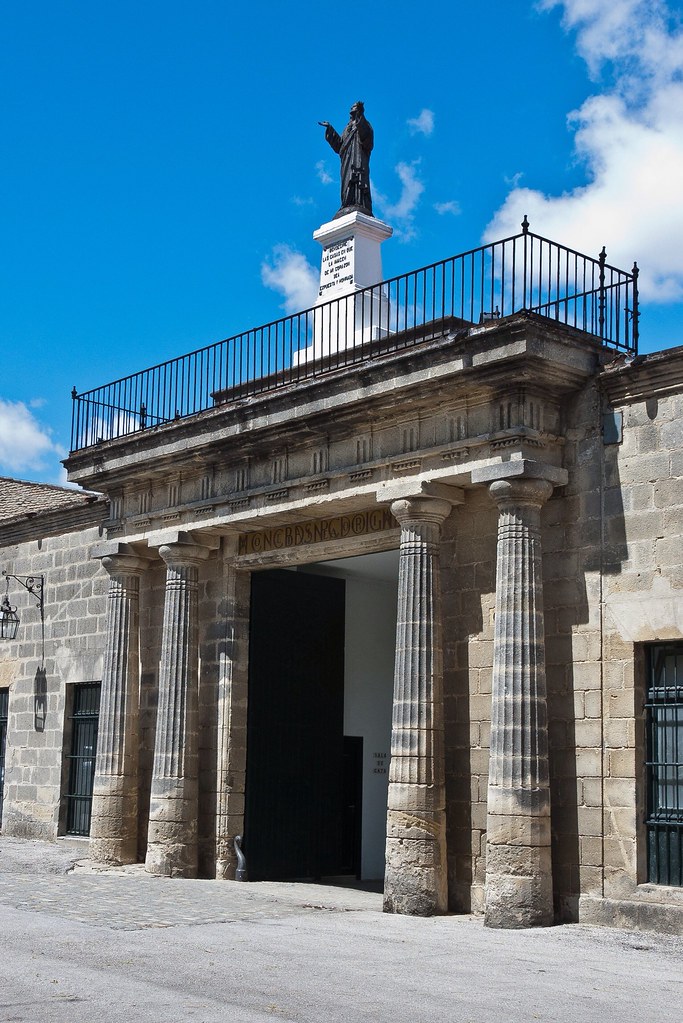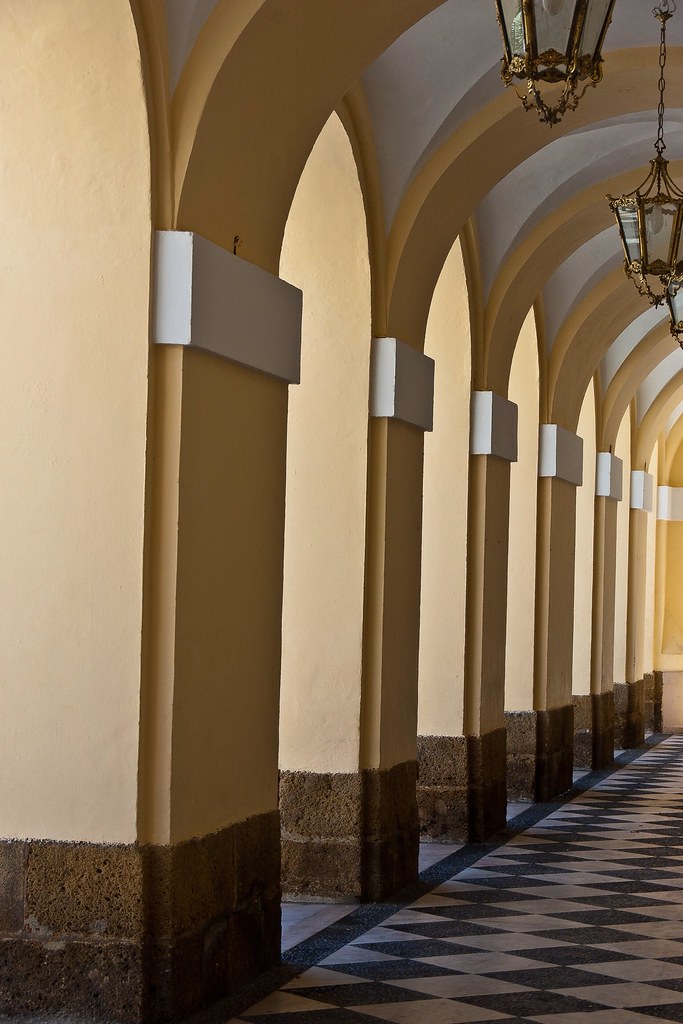
Above: A panorama of downtown Lisbon outskirts as seen from the deck of the Ryndam!
Lisbon is one of the oldest cities in the world, and the oldest city in Western Europe, predating other modern European capitals such as London, Paris and Rome by hundreds of years. Julius Caesar made it a municipium and it was later ruled by a series of Germanic tribes from the fifth century, before being captured by the Moors in the eighth century. In 1147, the Crusaders under Afonso Henriques reconquered the city and since then it has been a major political, economic, and cultural centre of Portugal.

Above: I walked to the top of Eduardo VII Park (named after Britain's Edward VII) on my travels through Lisbon. You can see the River Tagus where the Ryndam docked, in the background.
You may be surprised to hear that I did not take a tour during any of our visits to Lisbon! Instead, I walked around the city, with friends from the crew and also on my own. The city is very vibrant, with trams crisscrossing streets, and lots of pedestrians!
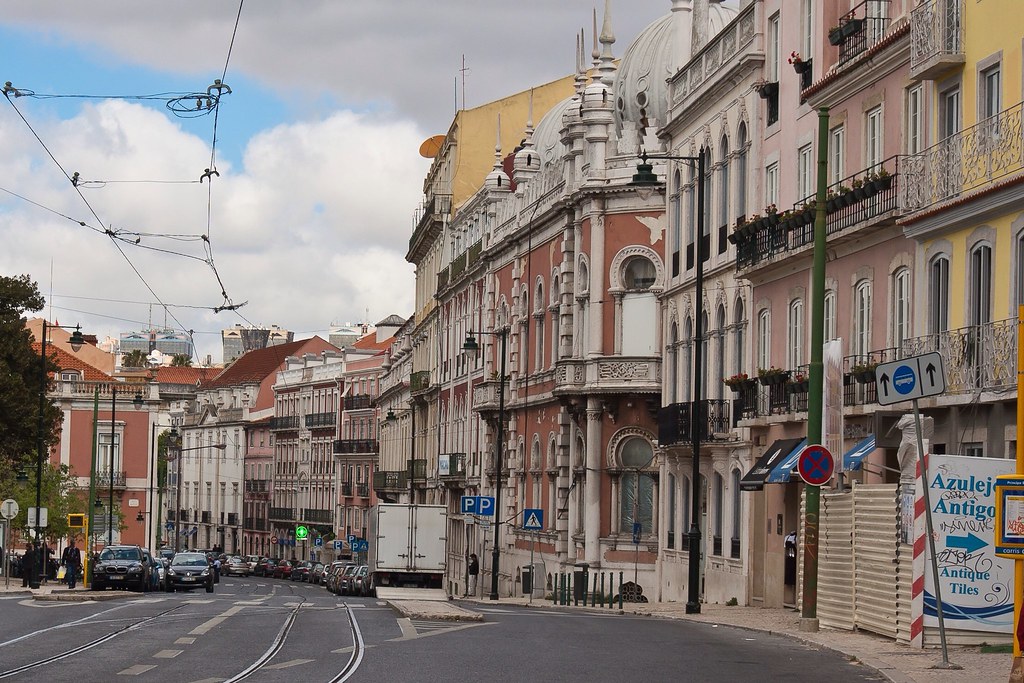
Above: Tram lines in a typical downtown Lisbon street.
Locally, Lisbon inhabitants refer the spaces of Lisbon in terms of historic bairros (neighbourhoods). These communities have no clearly defined boundaries but represent special quarters with a common historical culture, identifiable architectural landmarks, livings standards and/or local personality, such as Bairro Alto, Alfama and Chiado. Different parts of the city did exhibit very different feels, from the main touristy areas to quieter backstreets like this:
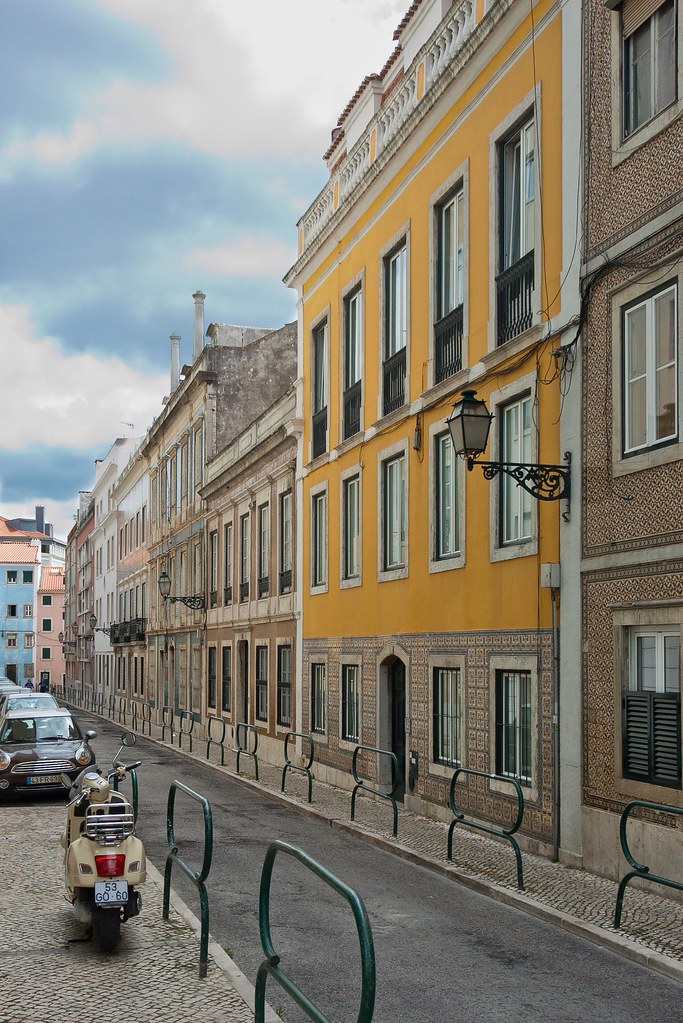
Above: A quiet Lisbon backstreet.
I took in many of the famous tourist sites in Lisbon, including the Square of Commerce ('Praça do Comércio') which is located on the waterfront of the Tagus River. The bronze statue in the middle of the square is of King José I, and was inaugurated in 1775. Opening towards the Augusta Street, which links the square with the other traditional Lisbon square, the Rossio, there is a triumphal arch, created in 1875. This arch, usually called the Arco da Rua Augusta, was designed by Veríssimo da Costa.
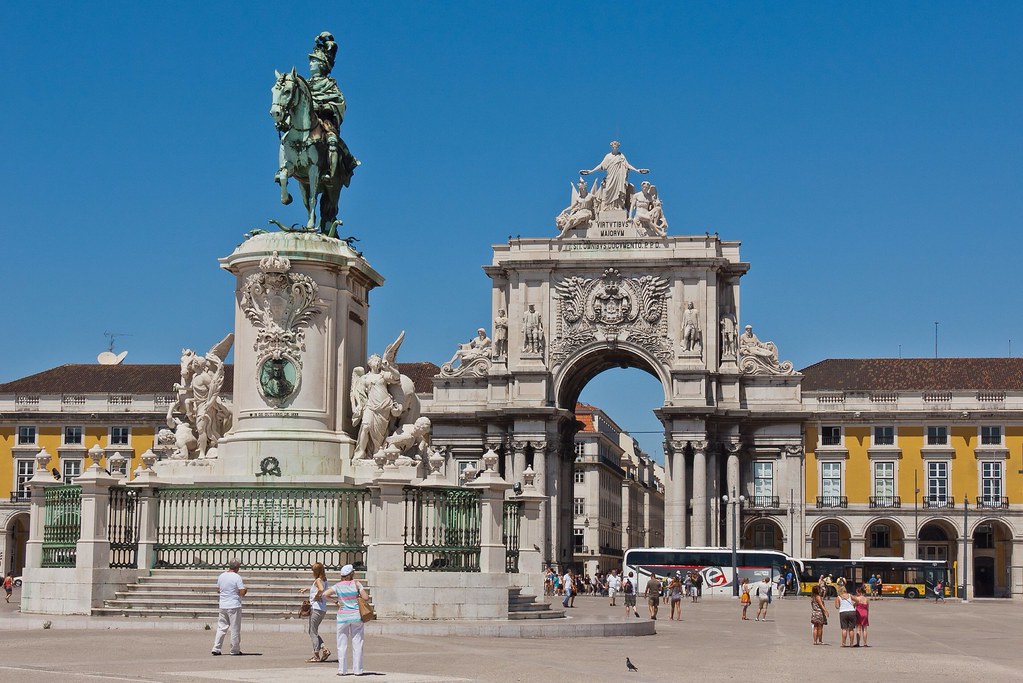
Above: King José I with the arch behind in the Square of Commerce.
Another tourist hotspot nearby is the Santa Justa Lift which connects the lower streets of the Baixa with the higher Carmo Square. Completed in 1902, the Lift has since become a tourist attraction for Lisbon as, among the urban lifts in the city, Santa Justa is the only remaining vertical one. Lisbon is very hilly, and this lift was a way for pedestrians to access a higher part of the city without breaking a sweat.
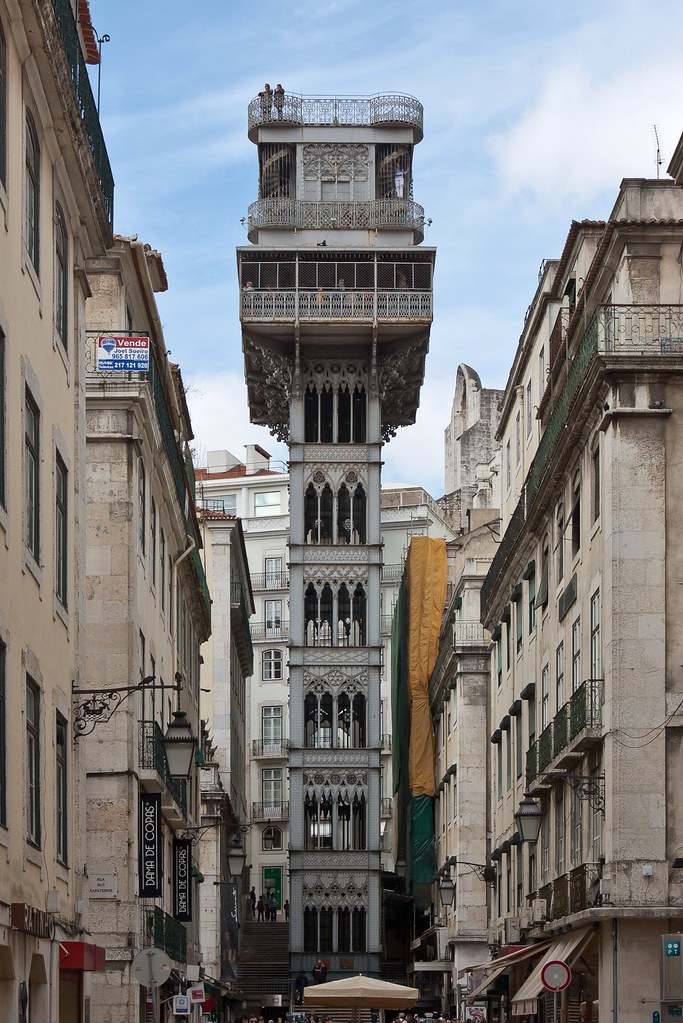
Above: The Santa Justa Lift.
A little further inland from the river is the famous Rossio Square which features one of the most prestigious theatres in Portugal, the National Theatre D. Maria II as well as a number of statues.
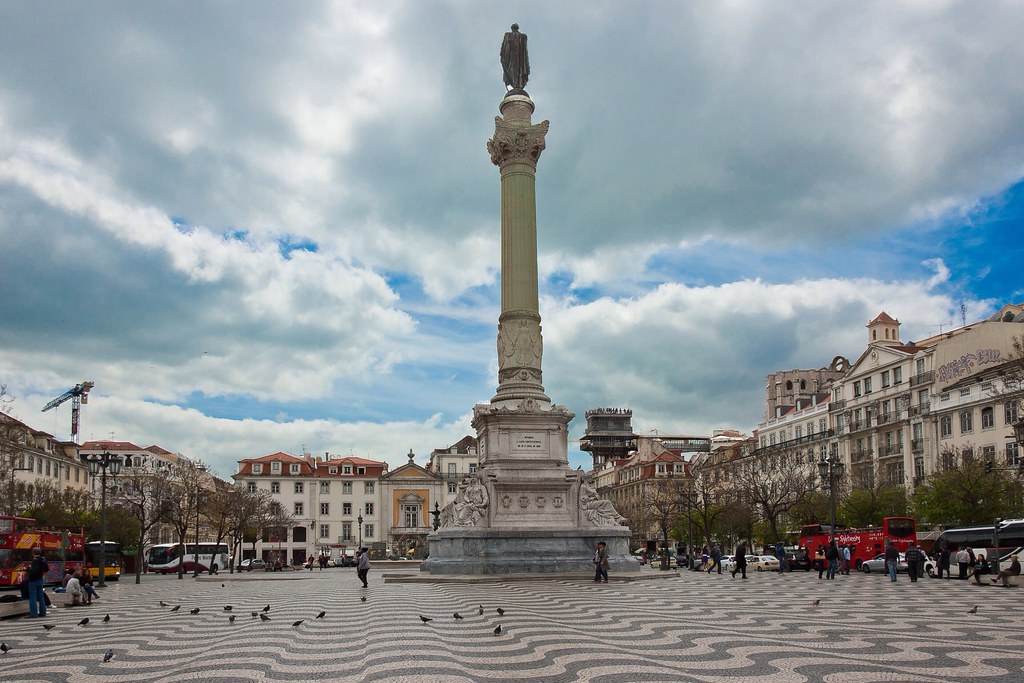
Above: Rossio Square. You can see the Santa Justa Lift on the right, behind the statue.
Another key building on Rossio Square is the Rossio Railway Station, commissioned by the Portuguese Royal Railway Company and designed between 1886 and 1887 by Portuguese architect José Luís Monteiro. A rail tunnel was excavated under the city in 1890 to connect Lisbon to the region of Sintra, a tunnel which is today considered one of the most important engineering works of 19th century Portugal.

Above: Rossio Railway Station.
The Neo-Manueline façade of the station is a Romantic recreation of the exuberant Manueline style, typical of early 16th century Portugal. Its most interesting features are the two intertwined horseshoe portals at the entrance, the clock in a small turret and the abundant sculptural decoration.
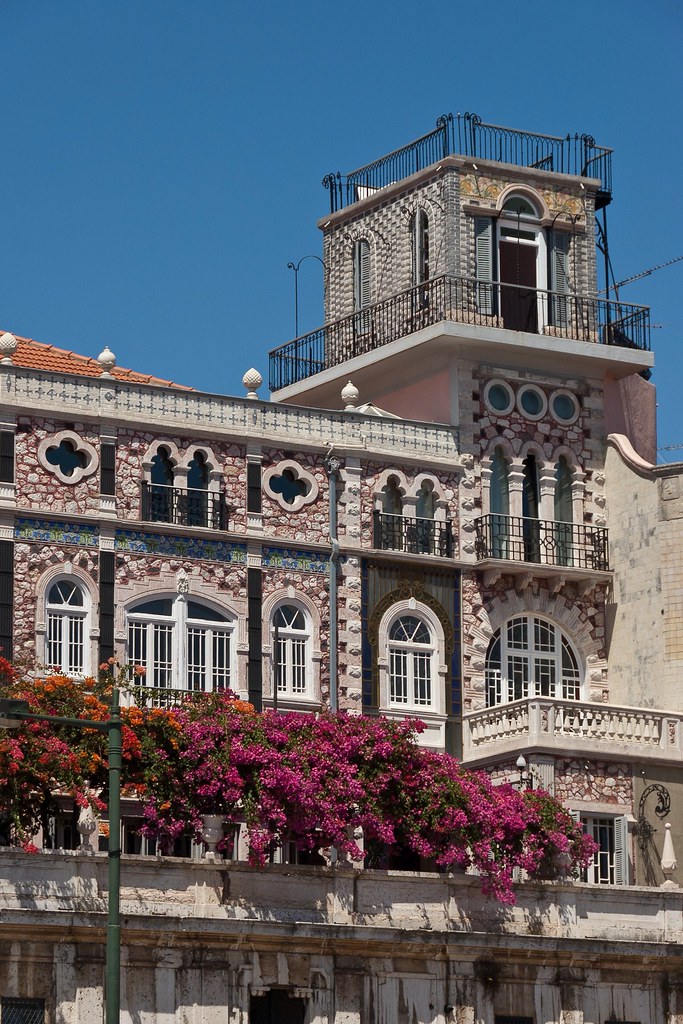
Above: More interesting architecture and colours in Lisbon.
Whilst exploring the city - sometimes it is fun to just wander without a plan - I came across the National Pantheon - the Church of Santa Engrácia. The interior of the church was beautiful so I grabbed a shot before I was charged for entering!
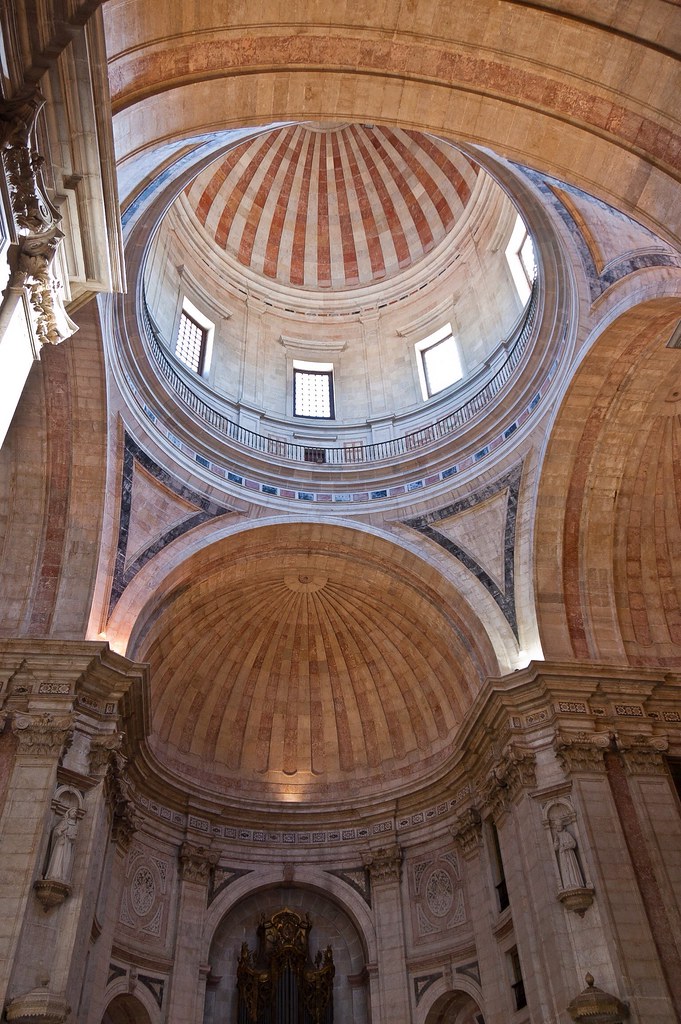
Above: Inside the Church of Santa Engrácia.
I'll leave you with a final shot from the walk back to the Ryndam from downtown Lisbon. This is a great city - despite its reputation as a hotspot for pickpockets - and I had fun wandering up and down its many and varied streets.
